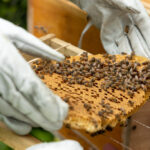Different types of Mexican cheeses
Mexico is a country known for its rich and diverse gastronomy, and among its culinary treasures are its cheeses. These cheeses are as varied as they are delicious, each contributing a unique flavor to traditional dishes. Below, we’ll explore some emblematic Mexican cheeses, perfect for any lover of this food.
Oaxaca cheese
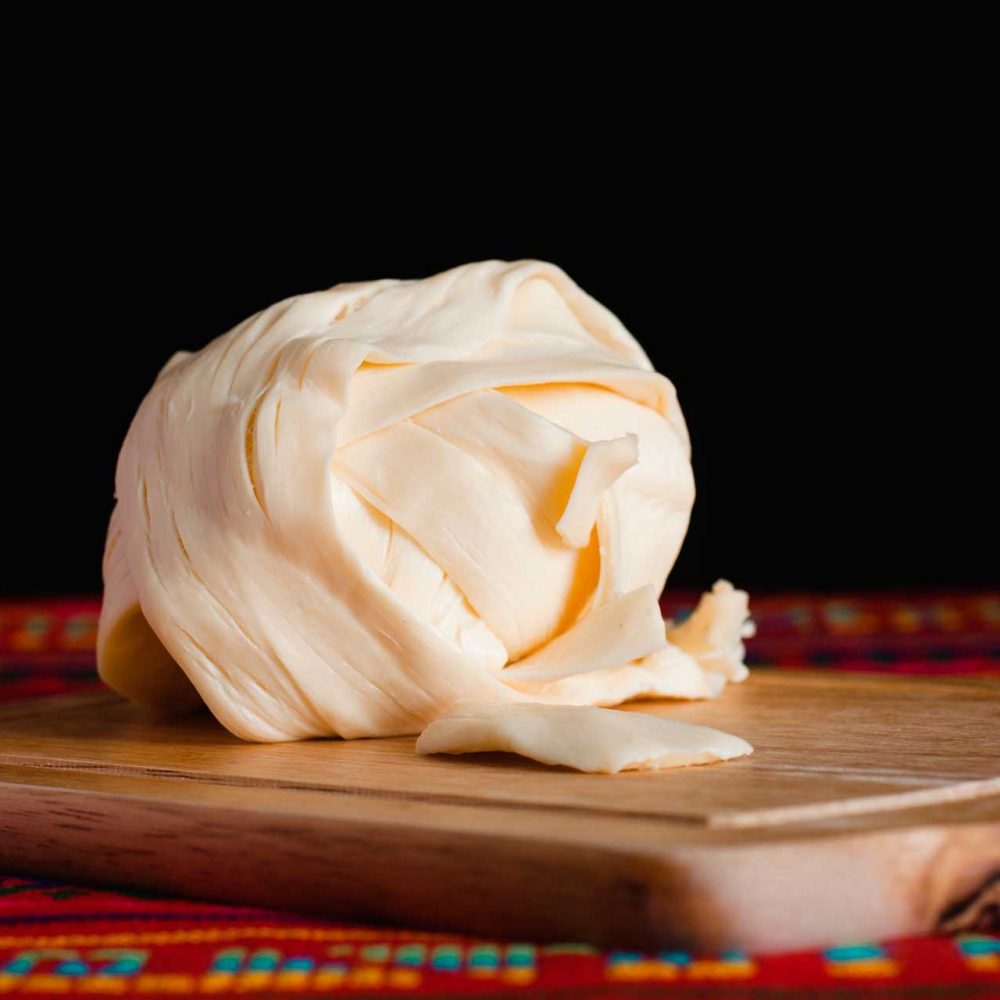
Also known as quesillo, this is perhaps one of the most internationally recognized Mexican cheeses. Originating from Oaxaca, this cheese is characterized by its fibrous texture and mild flavor. It is made through a stringing process, with a distinctive consistency similar to mozzarella. It is ideal for melting and is commonly used in quesadillas, empanadas, and other dishes that require melted cheese.
Cotija cheese
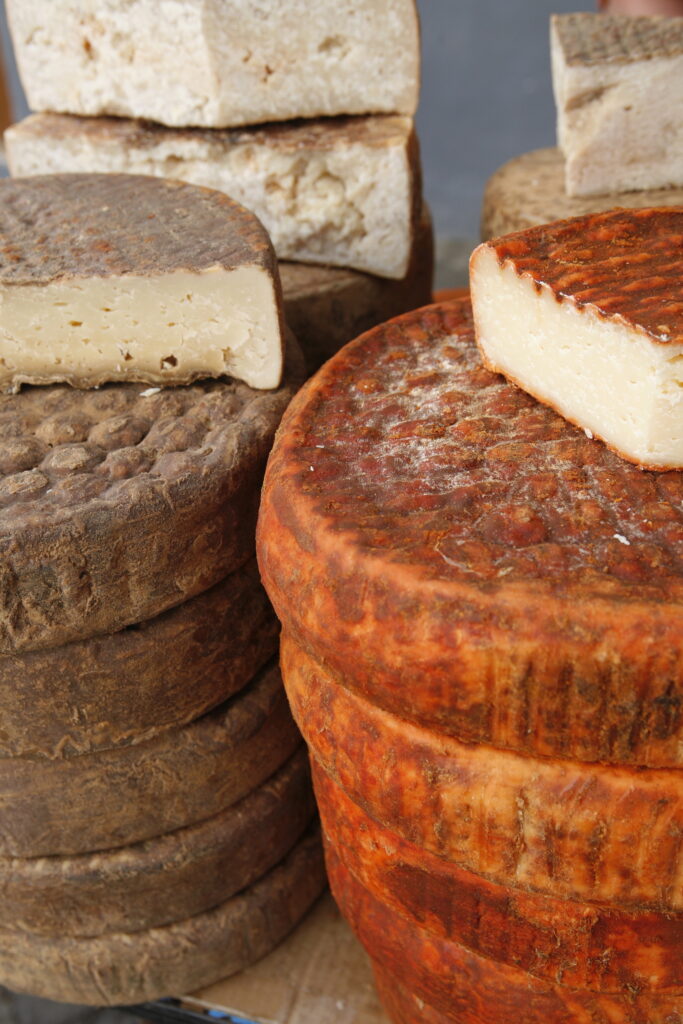
Known as the “parmesan of Mexico,” it is a hard, salty cheese that crumbles easily. Originating from Michoacán, this cheese is often used as a topping for dishes such as elotes (corn) and beans. Its strong, salty flavor makes it perfect for adding a delicious salty touch to any dish.
Panela cheese
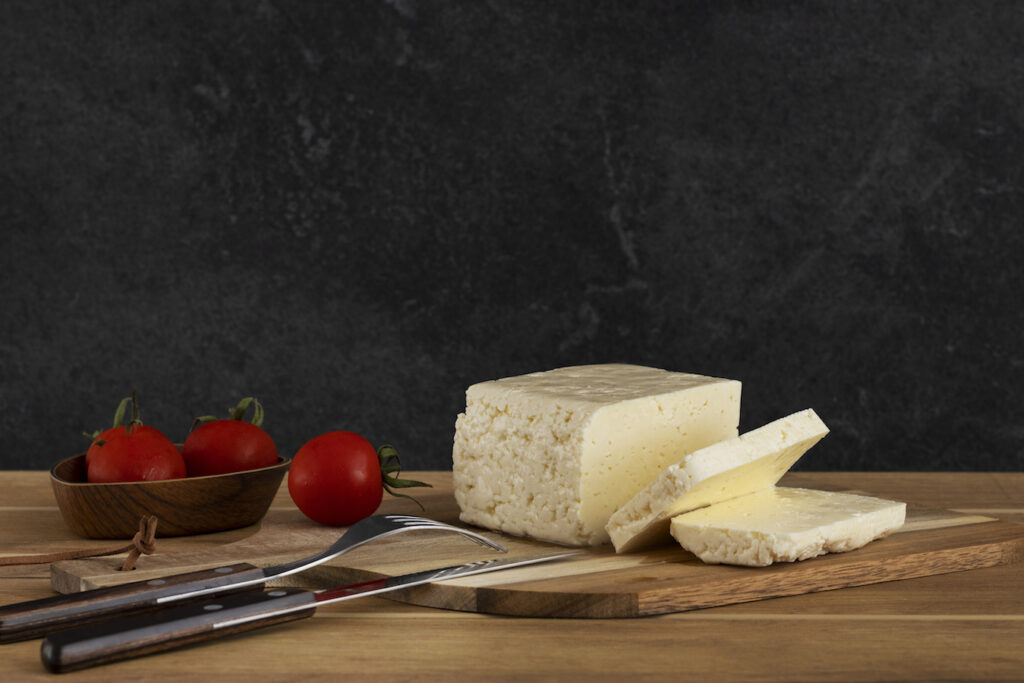
Panela is a fresh, soft, white cheese that does not melt easily, making it ideal for frying or grilling. Its flavor is light and subtly salty. It is used in salads and sandwiches and as an accompaniment to various dishes. Due to its ability to hold its shape, it is also an excellent cheese for grilling.
Chihuahua cheese
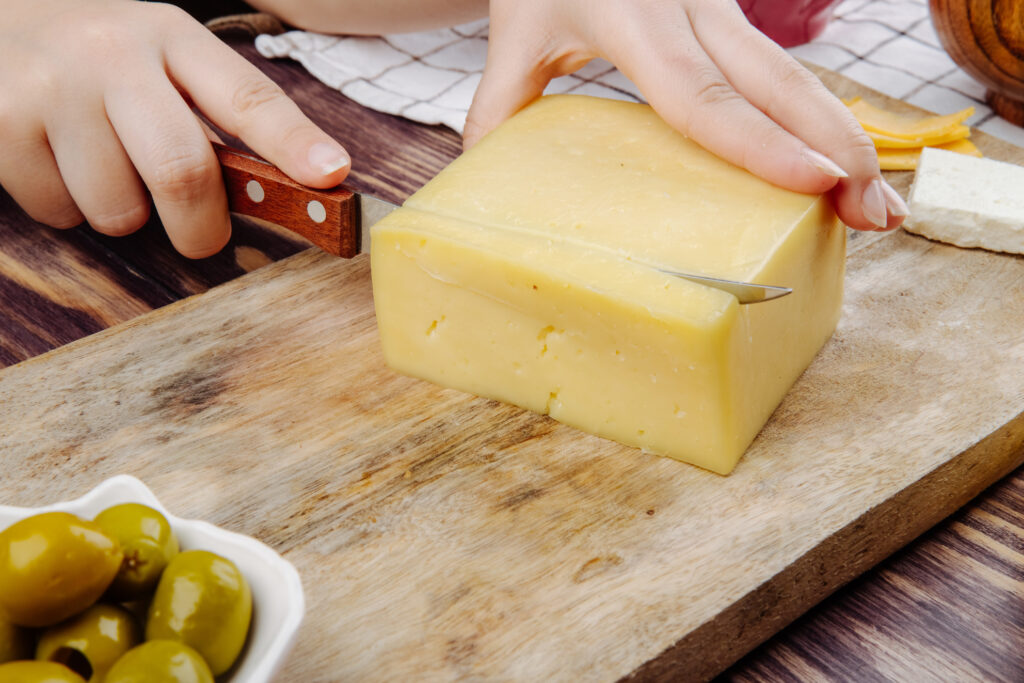
Originating from the state of Chihuahua, it is similar to cheddar but with a milder flavor. Also known as Menonita cheese, it is a semi-hard cheese that melts very well, making it perfect for fondues and other baked dishes. Its creamy and slightly buttery flavor makes it a favorite among cheese lovers.
Fresco (fresh cheese)

This is a white, soft cheese that crumbles easily. Its flavor is light and fresh, with a hint of acidity. It is commonly used as a final ingredient in dishes such as enchiladas, tacos, and salads. Due to its texture and flavor, fresco cheese perfectly contrasts spicy and seasoned dishes.
Añejo (old cheese)
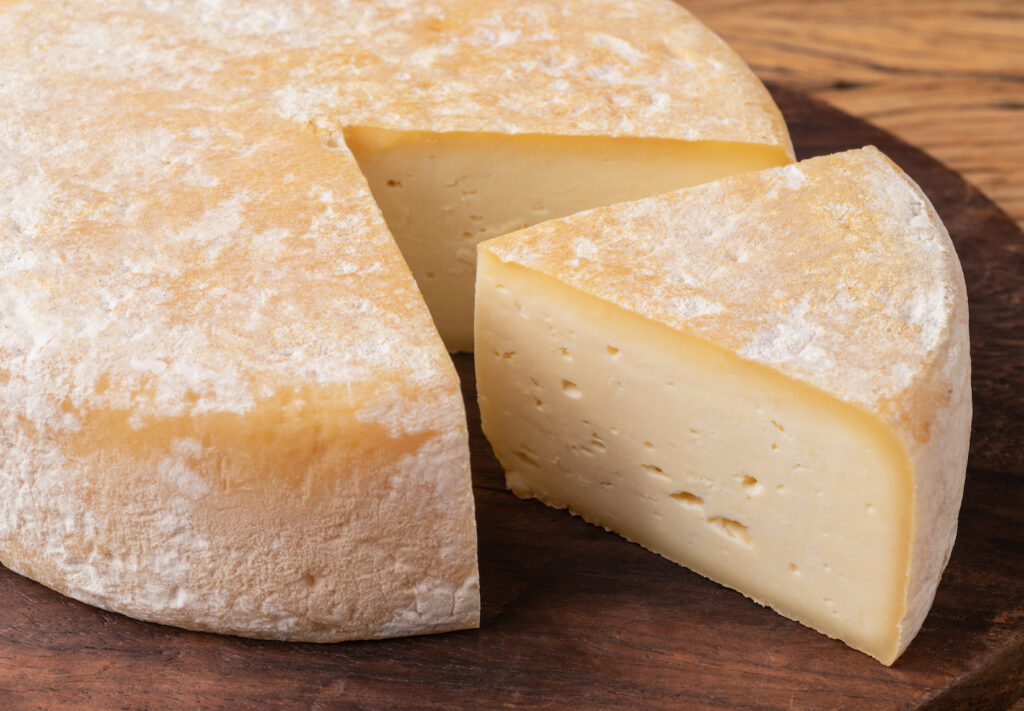
An aged cheese with a strong, salty flavor and firm texture that is often grated over dishes such as enchiladas, tacos, and soups. Its robust and deep flavor perfectly complements milder ingredients.
How are cheeses made?
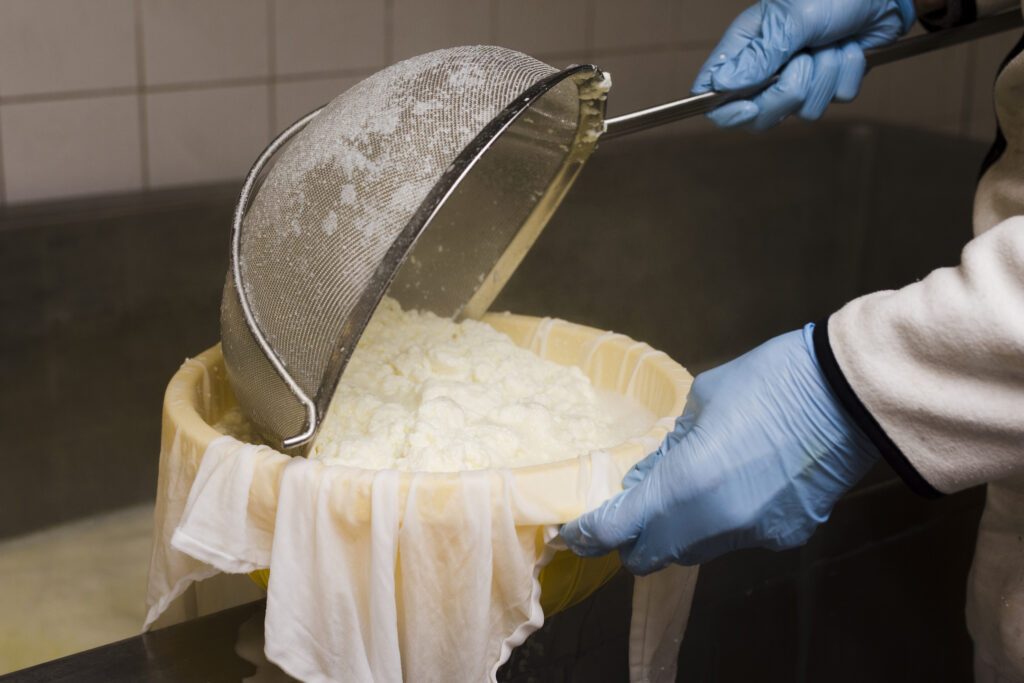
The cheese-making process varies depending on the type of cheese being produced. However, there are basic steps common to most processes. Below, we describe a general process for cheese making:
1. Collection and preparation of milk
The first step is to obtain fresh, high-quality milk. In many regions of Mexico, milk is sourced directly from cows, goats, or sheep. The milk is filtered to remove any impurities and, in some cases, pasteurized to eliminate unwanted bacteria.
2. Heating and acidification
The milk is heated to a specific temperature (usually between 30-40°C) and a starter culture (lactic bacteria) is added to acidify it. This culture converts lactose into lactic acid, which helps coagulate the milk.
3. Coagulation
Rennet is added to the acidified milk to form a gel. Rennet can be of animal (traditional) or microbial origin. This process can take 30 minutes to an hour, depending on the type of cheese.
4. Cutting the curd
Once the milk has coagulated, the curd is cut into small cubes. The size of the cubes can vary depending on the type of cheese being made. Cutting the curd helps release the whey.
5. Cooking and stirring
The cut curd is slowly heated while being gently stirred. This helps expel more whey and harden the curd particles. The temperature and cooking time vary according to the type of cheese.
6. Separating the whey
After cooking, the curd is separated from the remaining whey. This can be done by draining the whey or straining the curd through cheesecloth. The whey can be reused to make other products.
7. Molding and pressing
The curd is placed in molds to give the cheese its shape. Some cheeses require pressing to remove excess whey and compact the curd. The time and pressure of pressing vary according to the type of cheese.
8. Salting
The cheese is salted by adding salt directly to the curd, submerging it in brine, or rubbing salt on its surface. Salt helps develop flavor and acts as a preservative.
9. Aging (Curing)
Some cheeses are consumed fresh, such as queso fresco, while others are aged for weeks, months, or years. Cheeses are stored under controlled temperature and humidity conditions to develop their flavor and texture during aging.
As you can see, Mexican cheeses offer a range of flavors and textures that can enrich any meal. Exploring these cheeses is a delicious way to learn more about Mexico’s culinary culture and traditions.

